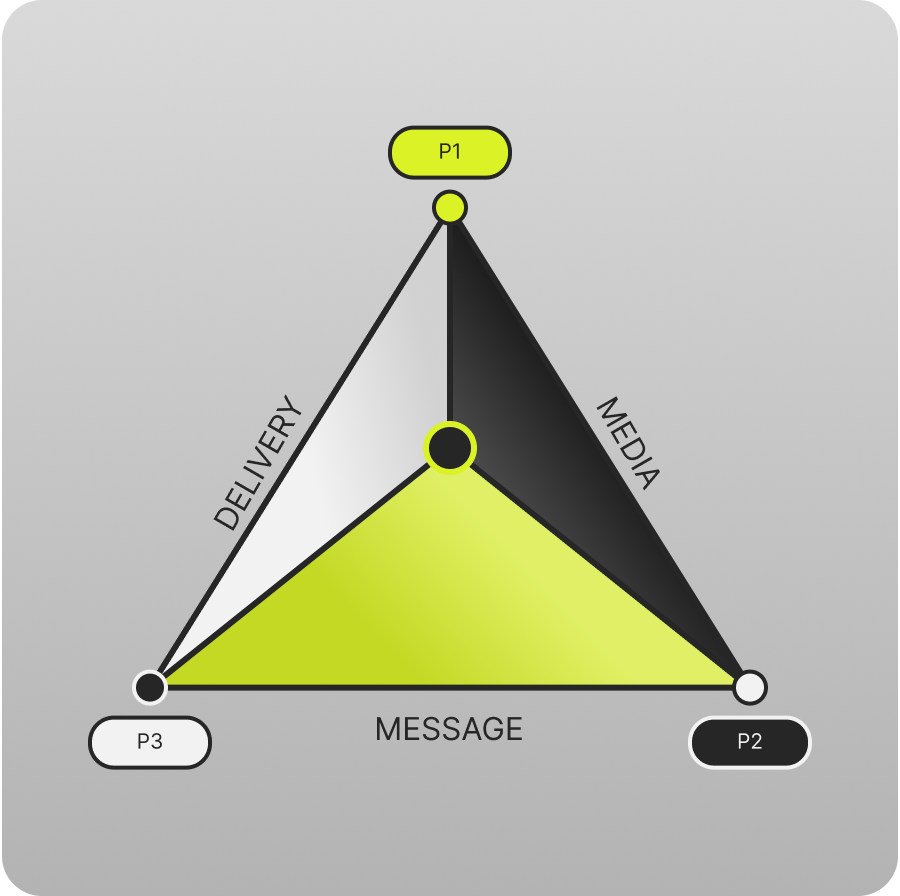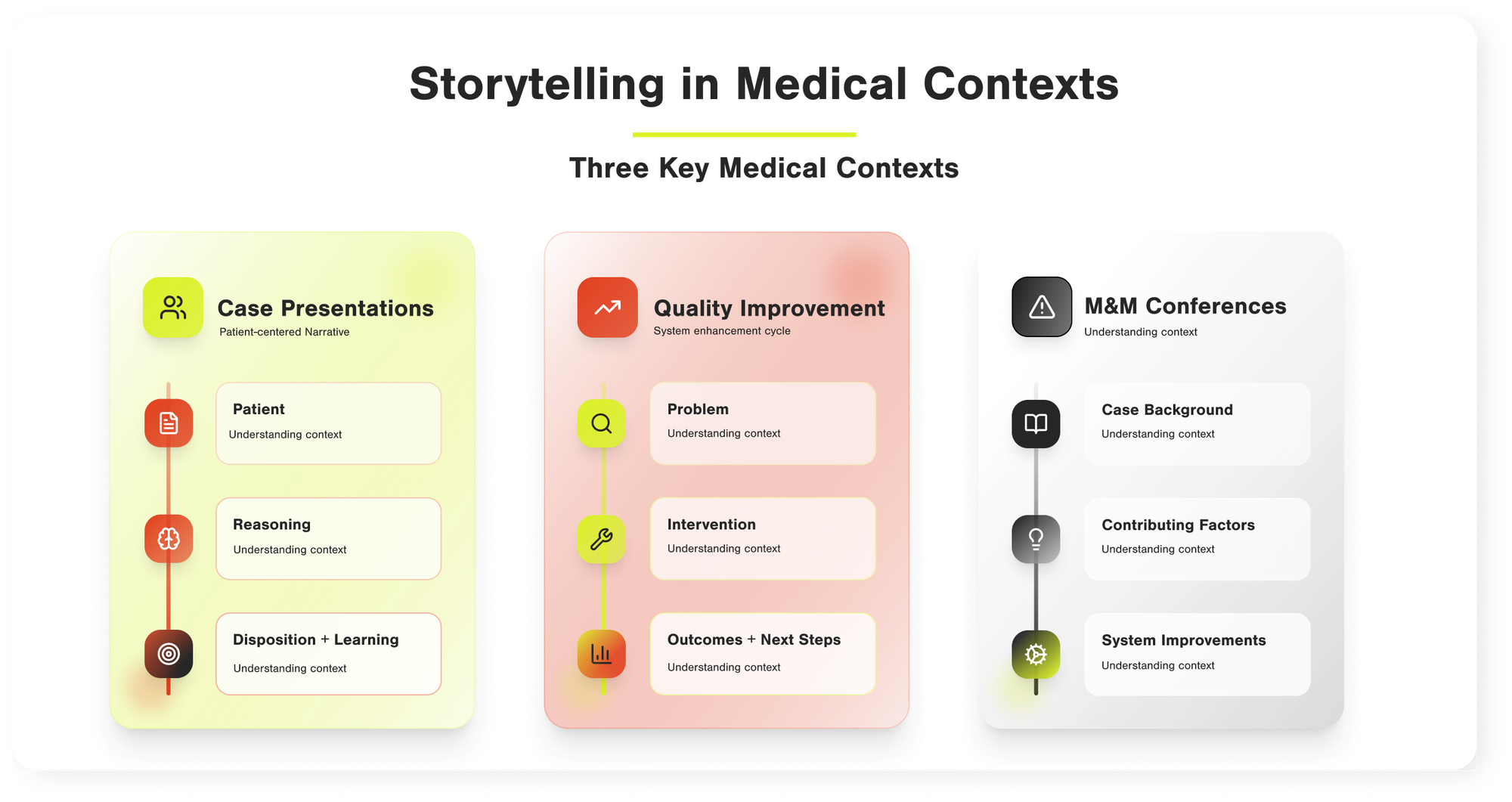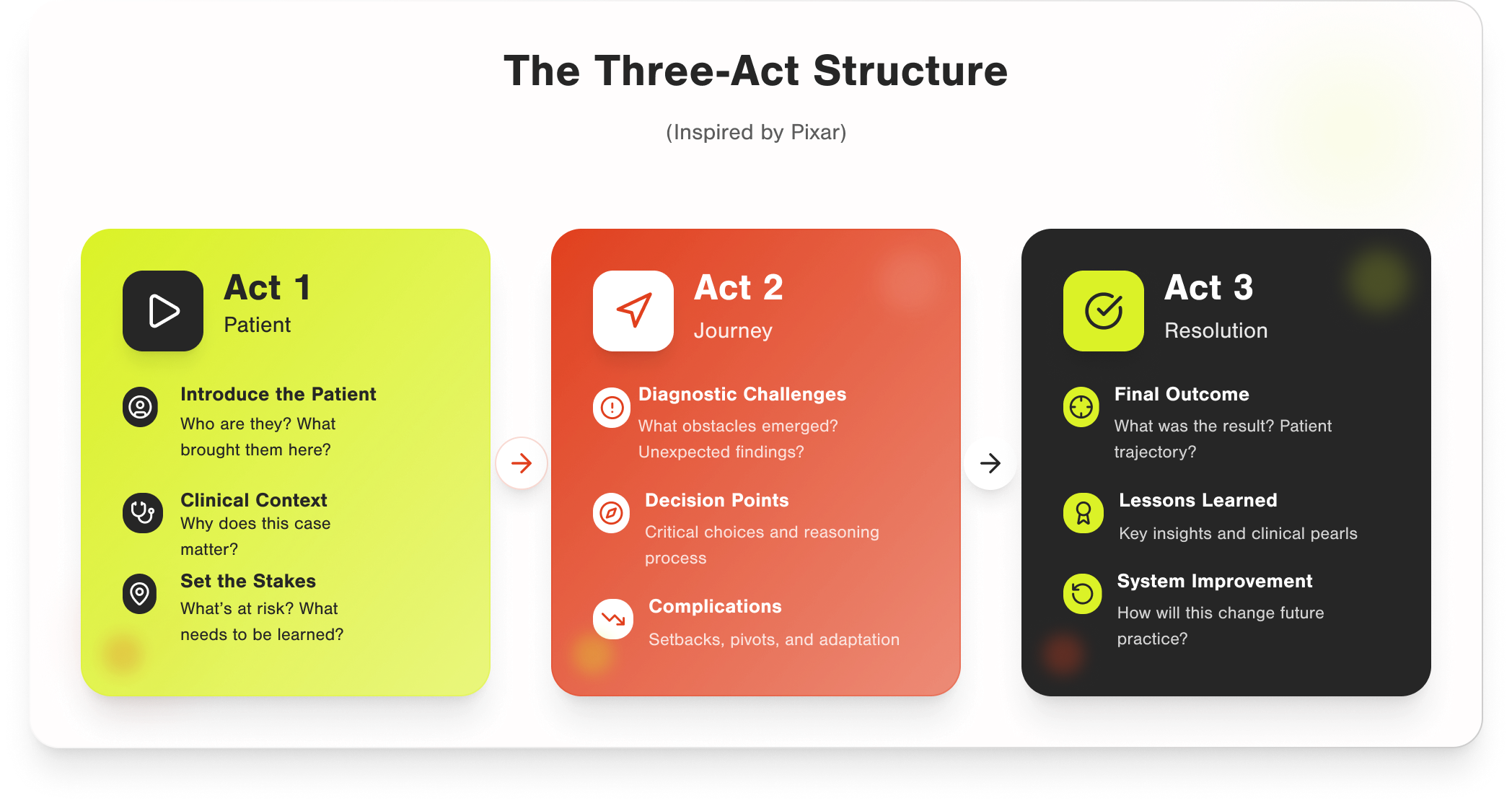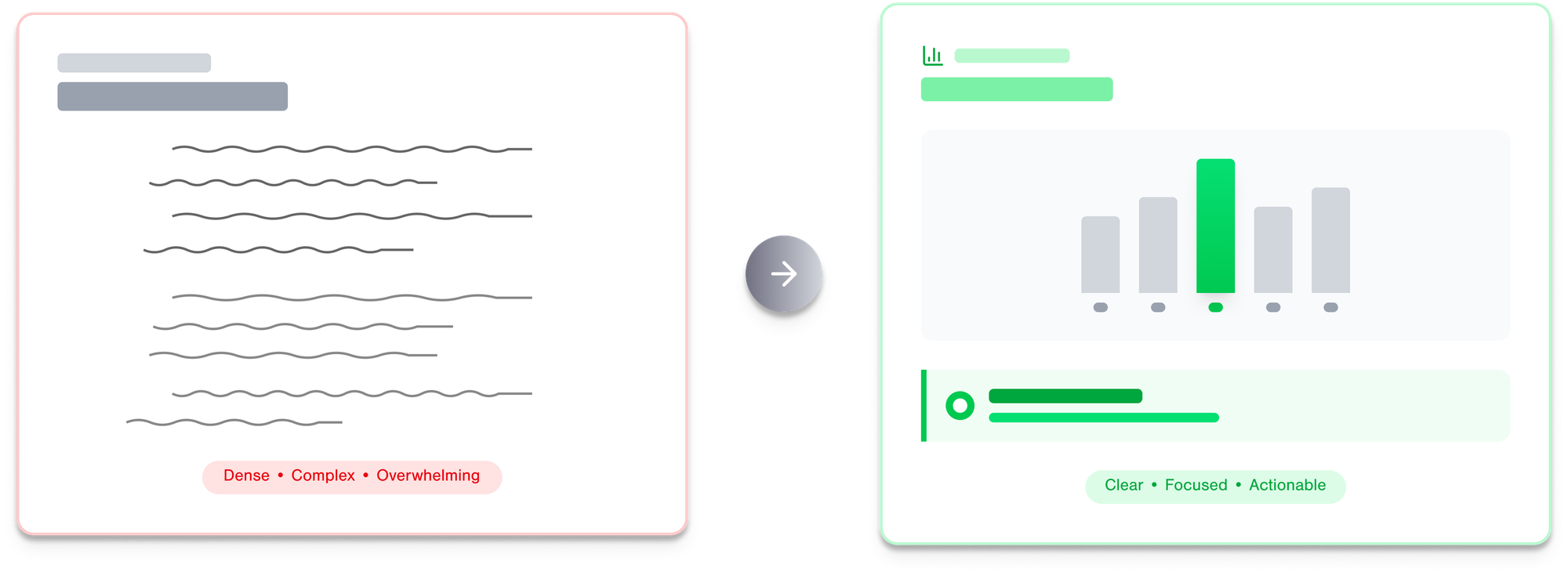The P3 Framework for Medical Presentations — How Message, Media, and Delivery Multiply to Drive Engagement and Learning
Transform medical presentations with the P3 Framework: Message, Media, and Delivery. Practical steps + worksheet to boost clarity and engagement.

In medicine, outcomes hinge on every link in the chain. Dr. Ross Fisher framed this idea for presentations in a simple equation:

Presentation Value = P1 × P2 × P3. Each element—Message, Media, and Delivery—multiplies together. If one factor is zero, the whole effort fails.
We’ve all seen it. The resident with excellent content but flat delivery. The attending with slick visuals but no clear point. The charismatic speaker who buries learners under 40 dense slides. Strength in one domain cannot overcome weakness in another.The P3 Framework helps healthcare professionals create presentations that matter. In this post, we’ll break down each element—Message, Media, and Delivery—and show how to put them into practice.
Why Frameworks Matter in Healthcare
Clinicians rely on structured, evidence-based systems: protocols, checklists, algorithms. Presentations deserve the same rigor. Without it, conference time, grand rounds, and even quick sign-outs waste precious opportunities for learning and improvement.
The multiplication principle is critical: a zero in one area cancels the others. A strong message can’t survive incomprehensible slides. Elegant visuals can’t redeem a muddled delivery. Especially in high-pressure fields like emergency medicine, the P3 Framework ensures your teaching translates into action.
P1 — The Story (Message)
Every presentation needs a point. In healthcare, the point is usually a behavior change: spot subtle STEMIs earlier, adopt a safer handoff protocol, avoid a recurring medication error. The most common misstep I see, is people often start creating a presentation by opening a blank slide deck on their computer. They put the cart before the horse. Instead, take out a pen and paper and sketch your talk.
Here are some ways to think about the shape of your presentation:
Storytelling in Medical Contexts
- Case presentations: Patient → reasoning → disposition + learning points.
- Quality improvement: Problem → intervention → outcomes + next steps.
- M&M conferences: Case background → contributing factors → system improvements.

The Three-Act Structure (Inspired by Pixar)
- Act 1 — Setup & Stakes: Introduce the patient and why this case matters.
- Act 2 — Journey: Diagnostic challenges, decision points, and complications.
- Act 3 — Resolution: Outcome, lessons learned, and system improvement.
Like Pixar’s storytelling, medical presentations benefit from clarity and rhythm: once upon a time… then one day… because of that… until finally…

AI Prompts for (P1) Message
- “Draft a one-sentence change statement for this talk about [topic].”
- “Reframe this case to highlight system improvement over blame.”
- “Outline three story beats that surface key decision points.”
P2 — The Media (Visuals)
Visuals carry the story. In medicine, that means turning complex, messy data into something digestible. A design mindset asks: who is this for, what do they need, and how will they use it? By applying human‑centered design, we create visuals not for the presenter, but for the learner in front of us.
Principles for Clarity (through HCD)
- One concept per slide. Match cognitive load to what a real learner can process.
- 3-second rule. If it can’t be understood quickly, redesign from the audience’s perspective.
- Progressive disclosure. Don't show all of your points at once, instead reveal them sequentially. Build complexity only after establishing the foundation, like scaffolding knowledge.
Transformations in Practice
- Journal figure → simplified chart with one highlighted message, tested by asking: what does the audience need to act on?
- Text-heavy protocol → visual workflow that mirrors the steps clinicians actually take in practice.
- Dense data table → annotated chart emphasizing the key trend, with notes that speak to the questions your audience is likely to ask.

Accessibility
Design for the real audience: colorblind-safe palettes, clear fonts in dim lecture halls, visuals reflecting diverse populations.
AI Prompts for Media
- “Convert this table into a 3-step workflow graphic, one idea per slide.”
- “Suggest a colorblind-safe palette for a dim conference room.”
- “Identify the 3 key data points to surface for a 5-minute update.”
P3 — The Delivery (Performance)
Even with strong content and visuals, delivery makes or breaks the impact. In healthcare, interruptions, hierarchy, and time pressure are the norm. It means you need to learn how to use your story beats to time the rhythm and pacing of your talk. Because you already know the message you're trying to convey, you only need to worry about the checkpoints you intend to hit, rather than every word on a script.
Strategies for Success
- Story beats, not scripts. Memorize flow, not words, so you adapt when interrupted.
- Know your tech. Test AV equipment, bring adapters, keep backups.
- Handle questions with openness. “That’s a great point—we don’t know yet, but here’s how we’re approaching it.”
AI Prompts for Delivery
- “Role-play a skeptical attending challenging this protocol change.”
- “Generate three realistic interruption scenarios and recovery lines.”
- “Adapt this explanation for ICU vs. ED vs. pharmacy audiences.”
Four-Week Practice Roadmap
This is your roadmap to put P3 into practice:
- Week 1 – Message: Write a one-sentence change statement, audience map, and three-act case outline.
- Week 2 – Media: Redesign 3 slides, convert a table into a workflow, test with the 3-second rule.
- Week 3 – Delivery: Rehearse with story beats, run an interruption drill, prep a Q&A bank.
- Week 4 – Integration: Deliver a 10-minute talk, collect feedback, document one behavior change.
Track light metrics: engagement (questions asked), clarity (one-minute recap by learners), and adoption (practice changes or protocol shifts).
Wrap up & Next Steps
Message, media, and delivery are not extras—they multiply together. Weakness in one area undermines the whole. But aligned, they transform teaching sessions into behavior change.
The P3 Framework is the foundation for communication mastery. In the next post, we’ll look at how individuals can create departmental and even institutional transformation in communication.
📥 Download the P3 Framework Worksheet + AI Prompt Library to put these tools into practice today.





